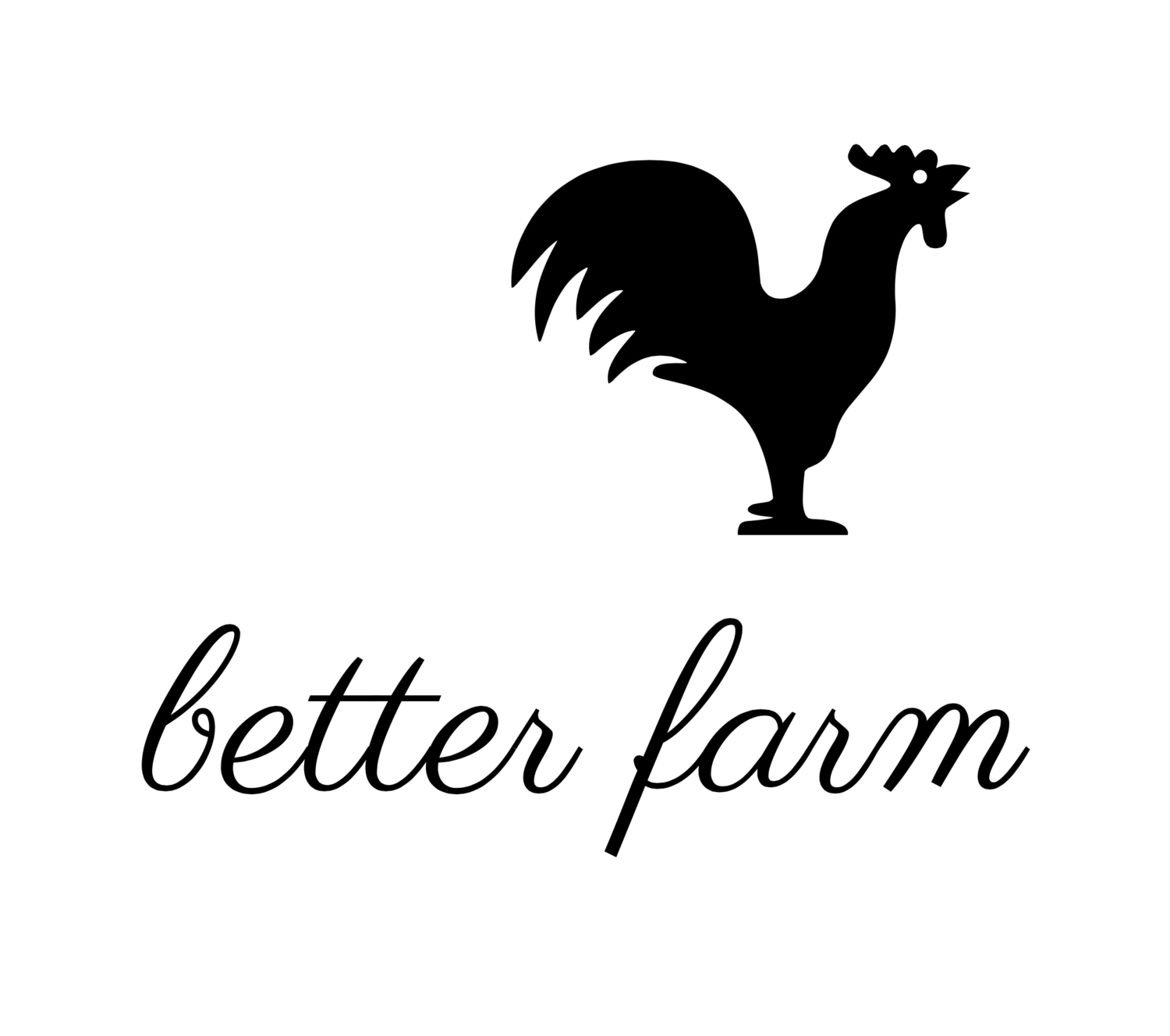In spite of moves throughout his term toward
clean-energy tax credits
and the implementation of the first
fuel-efficiency standards for heavy-duty trucks
, the president on Friday announced his decision to reverse positioning on tougher air-quality rules that some experts say would have reduced instances of premature deaths and heart attacks annually by 6,500.
The Washington Times reported Sunday that a "
slew of White House retreats on environmental issues has 'green' voters seeing red—and threatening political consequences for President Obama in next year's election
." This came at the heels of the aforementioned loosening of air-quality regulations and protests last week in defiance of Obama's proposed
Keystone XL pipeline extension
:
Everyone's favorite mermaid made a Splash and got arrested in D.C. last week at an XL pipeline protest.
And of course, let's not forget the total lack of governance that contributed to one of
BP's pipes bursting under the Gulf
.
Obama's most recent turning-of-tail has to do with changing the "ozone standard", which basically breaks down the amount of parts-per-billion allowed to be released into the atmosphere by U.S. industry. Though Obama's administration previously claimed the ozone standard of 75 parts per billion (set by the
Bush administration
in 2008) was based on outdated science, the new standard of 70 parts per billion (which the EPA and NRDC estimate would result in 4,300 fewer premature deaths and 2,200 fewer heart attacks annually by 2020) has been nixed. Ignored. Forgotten about. In fact, Obama cited the tragic economic climate as proof that protecting the environment at the cost of American jobs was, quite simply, not worth it.
Which brings me to my rant.
In order for us to have the luxury to play games with politics (in fact, to have politics at all) and the division of power; to invent an idea of currency that is totally abstract and without any actual basis in the real world; to make wonderful inventions and to live in them as though they were as literal as the trees that grow and the wind that blows; in order to do any of these silly human things—to make civilizations and destroy them, to obsess over material gains, to build great skyscrapers and jetset and work a 9-5 job and lobby congress and to invest and gamble and win and lose...
We have to, fundamentally, be able to breathe and eat and have shelter. Before we can worry about job loss in America, or our footing in the international economy, we have to remember we're animals who have to be able to breathe and drink water and eat food. And that the more we poison those things, whether by dumping oil in the water or ignoring the toxins we emit into the air or ripping down trees for big agriculture so forests eventually turn into deserts, the closer we bring ourselves to the point of no return, literally speaking.
Yes, in a short-term way you can create big, fancy water treatment plants that will allow the richest among us to drink the best water money can buy. You can make gated communities with poisoned, treated sod and no bugs at all. You can make more and more car factories (even some within
inexplicably "green" structures
), you can farm salmon indoors, you can break apart entire mountains and make pretty bands of gold to show how in love you are. You can keep doing these things, but the One Great Truth about sustainability is that these things, done in these ways, simply can't go on forever. The system itself is unsustainable.
So the longer we choose industry over environment, jobs over air, corporate loopholes over water, well, the less sustainable we are. And the closer we come to that dreaded point of no return. Come on, Mr. President. You who would be our "Yes We Can" agent of change owe it to those who believed in you to put fundamental elements of survival over the monetary gains of private interests and some conceptual bottom line. We can't keep pushing the pesky issue of finite natural resources out of the way to keep big business happy. Doing so secures only one thing: that we're going to run out of the very things we need the most.
Just a little food for thought.
Want to get even more worked up? Recommended reading:
What We Leave Behind
, by Derrick Jensen and Aric McBay.






















































